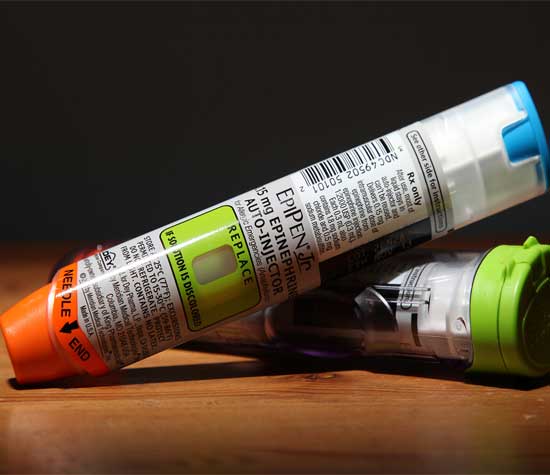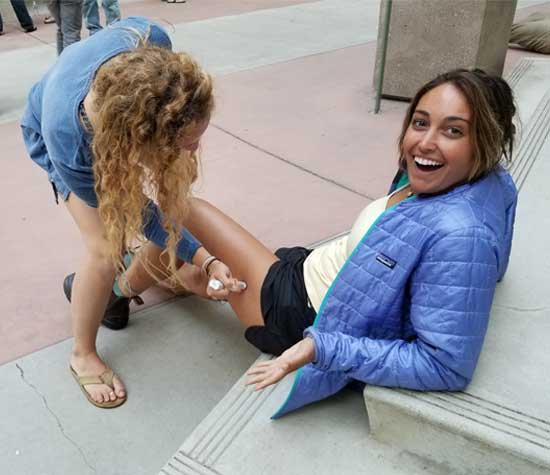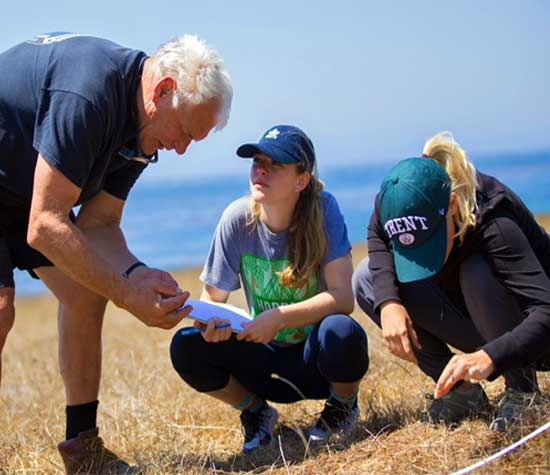
Epinephrine Auto-Injector Program
As of 2017 state laws have been updated to allow businesses and public agencies to keep epinephrine auto injectors on hand to help treat emergency allergic reactions. EH&S in collaboration with Student Health have established a procedure which allows you to obtain a prescription and purchase an epinephrine auto-injector for your first aid kit.

When to use an Epinephrine Auto-Injector
Determine if the symptoms are mild or severe.
Watch out for severe symptoms, such as difficulty breathing, pale skin, hives, or swelling of the tongue or lips.
Elevate the person's legs and keep them warm.
For mild symptoms, such as sniffles or a mild itch, antihistamines may be given
*Snake bites are treated with steroids, and there are no over-the-counter steroid auto-injectors. Symptoms of shock may be treated with an epinephrine auto-injector.

How to Obtain Epinephrine Auto-Injectors
- Complete infant/child/adult CPR and AED training and obtain a certification card.
- Complete the UC Epinephrine Auto-Injector Training. Contact field@ehs.ucsb.edu to schedule.
- Obtain a Lay Rescuer certification card from EMSA (Emergency Medical Services Authority) with the training completed in 1 and 2.
- Complete the Epinephrine Auto-Injector Emergency Action Plan
- Complete the Epinephrine Auto-Injector Risk Assessment
- Contact field@ehs.ucsb.edu if you'd like assistance completing the Emergency Action Plan and/or Risk Assessment - Provide copies of the EMSA certification card, Emergency Action Plan, and Risk Assessment to the Student Health Medical Director, who will write the prescription for the medicine.
For faculty or staff, the Student Health Medical Director will call in the prescription to the pharmacy of your choosing.
Alternatively, you may provide your EMSA card, Emergency Action Plan and Risk Assessment to EHS Field Research Safety to borrow a pair of epi-pens.